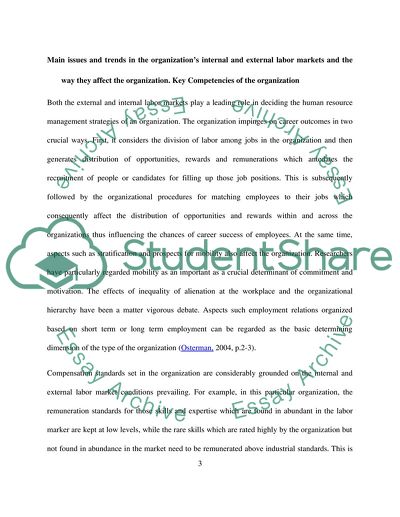Cite this document
(“The Organizations Internal and External Labor Markets Assignment”, n.d.)
The Organizations Internal and External Labor Markets Assignment. Retrieved from https://studentshare.org/human-resources/1777143-hr-practices
The Organizations Internal and External Labor Markets Assignment. Retrieved from https://studentshare.org/human-resources/1777143-hr-practices
(The Organizations Internal and External Labor Markets Assignment)
The Organizations Internal and External Labor Markets Assignment. https://studentshare.org/human-resources/1777143-hr-practices.
The Organizations Internal and External Labor Markets Assignment. https://studentshare.org/human-resources/1777143-hr-practices.
“The Organizations Internal and External Labor Markets Assignment”, n.d. https://studentshare.org/human-resources/1777143-hr-practices.


